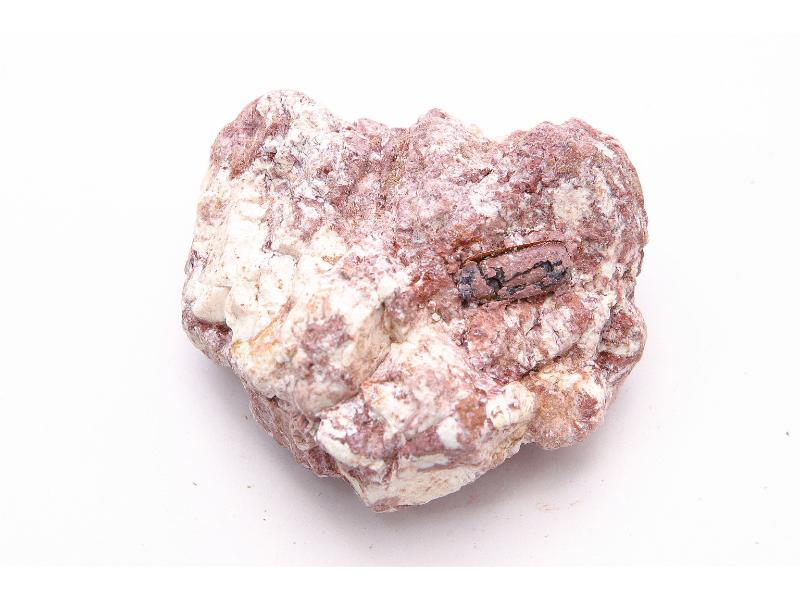Search in medicinals
Halloysitum Rubrum
Halloysite
赤石脂 〔赤石脂〕 chì shí zhī

Alternate English names: red halloysite
Alternate Chinese names: 石脂 shí zhī; 赤石土 chì shí tǔ; 红土 hóng tǔ; 红高岭 hóng gāo lǐng; 吃油脂 chī yóu zhī
Kingdom: Plant
Origin in PRC Pharmacopoeia: A mineral mainly composed of Al₄[Si₄O₁₀](OH)₈·4H₂O.
Use: Medicinal
Category: Exterior-resolving agents
Properties: Sweet, astringent; warm.
Channel entry: Stomach and large intestine channels.
Actions and indications:
- Astringes the intestines and checks diarrhea: Enduring diarrhea; enduring dysentery.
- Stanches bleeding by astriction: Flooding and spotting; vaginal discharge; bloody stool.
- Closes sores and engenders flesh: Enduring sores that fail to close.
Dosage and method: Oral: 10–20g in decoctions. Use the crude form for topical application and the calcined form for internal application.
Warnings: Contraindicated in diarrhea or dysentery due to due to damp-heat
Product description: This mineral is native brown iron oxide and comes in irregularly shaped lumps of varying size. It is pinkish or purplish red in color, sometimes with pale markings. It is smooth like resin. It has a fine texture and breaks easily and smoothly. It is highly water-absorbent and feels sticky when licked. It has the smell of earth.
Quality: Good halloysite is smooth, fine in texture, bright in color, and sticky when licked.
Production area: Fújiàn, Shāndōng, Hénán.
Etymology: The name chì shí zhī 赤石脂, literally red stone paste,
describes the color and pasty quality of this item.